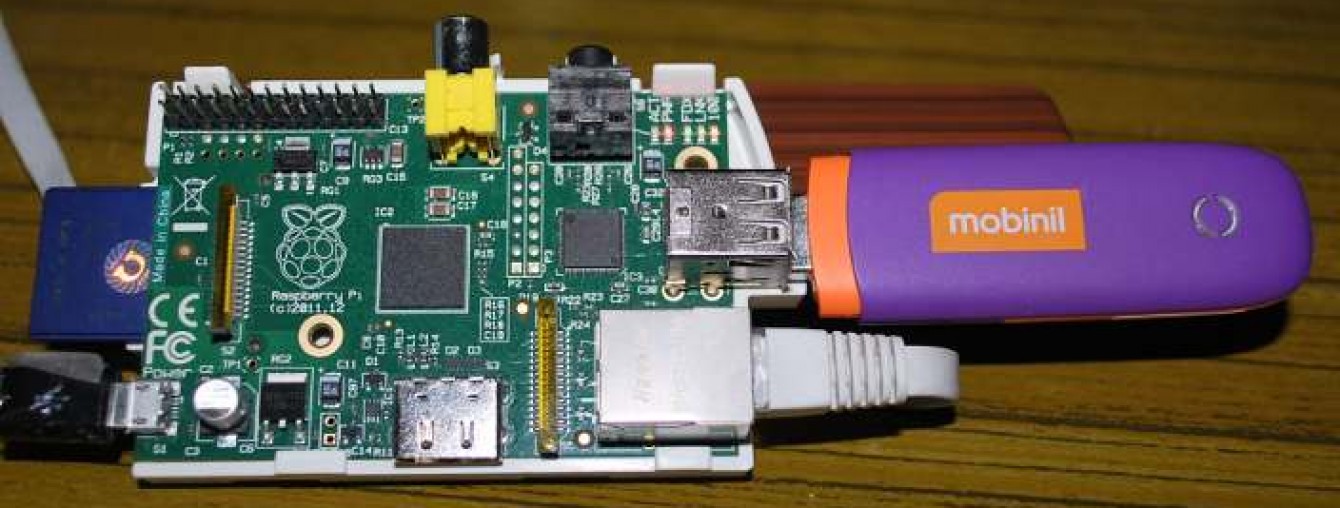omxplayer play controls / input
http://www.raspberrypi.org/phpBB3/viewtopic.php?f=38&t=7987 omxplayer play controls / input Post a reply 58 posts Page 1 of 3 123 by alanpich » Sat Jun 09, 2012 9:23 pm I’m working on setting up a mediacentre controlled over http (through a smartphone web interface). Have successfully got omxplayer set up and running to play a video on command from the web server, however i can’t seem to find any way to interact with the player while its running. Does omxplayer have any facility for user input (play/pause/fast-forward/volume etc) via
